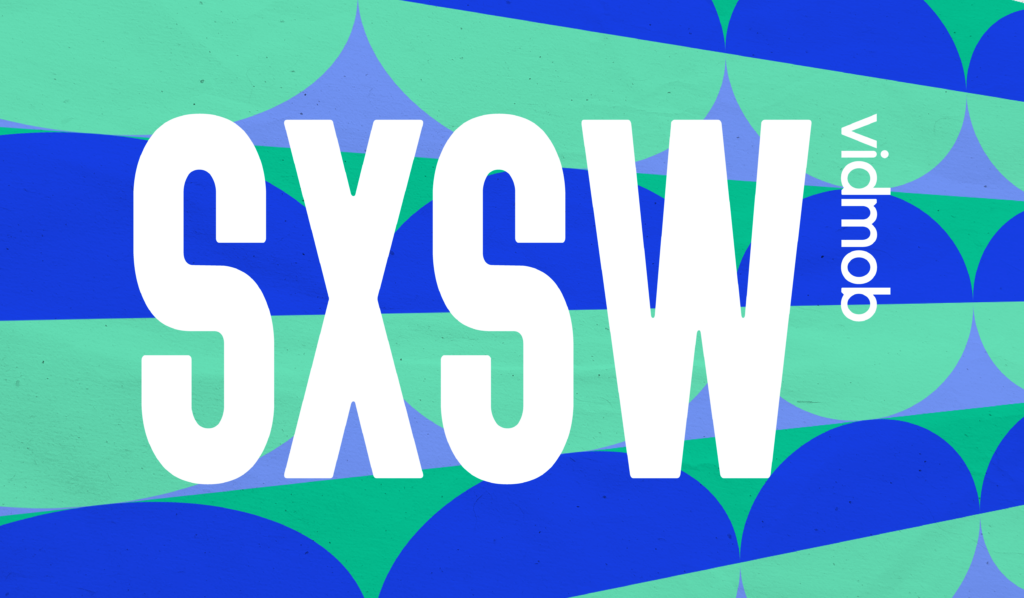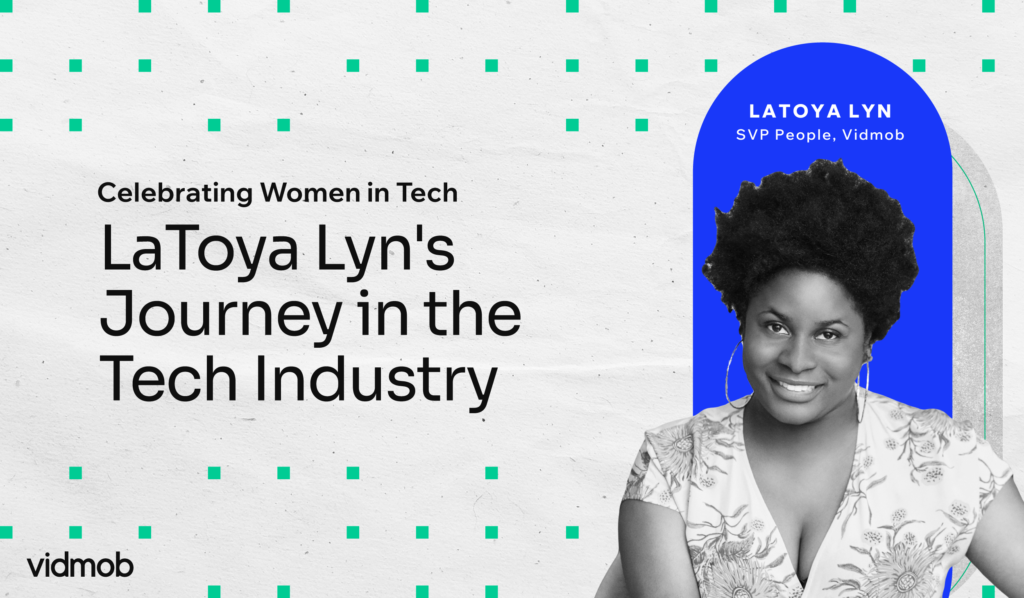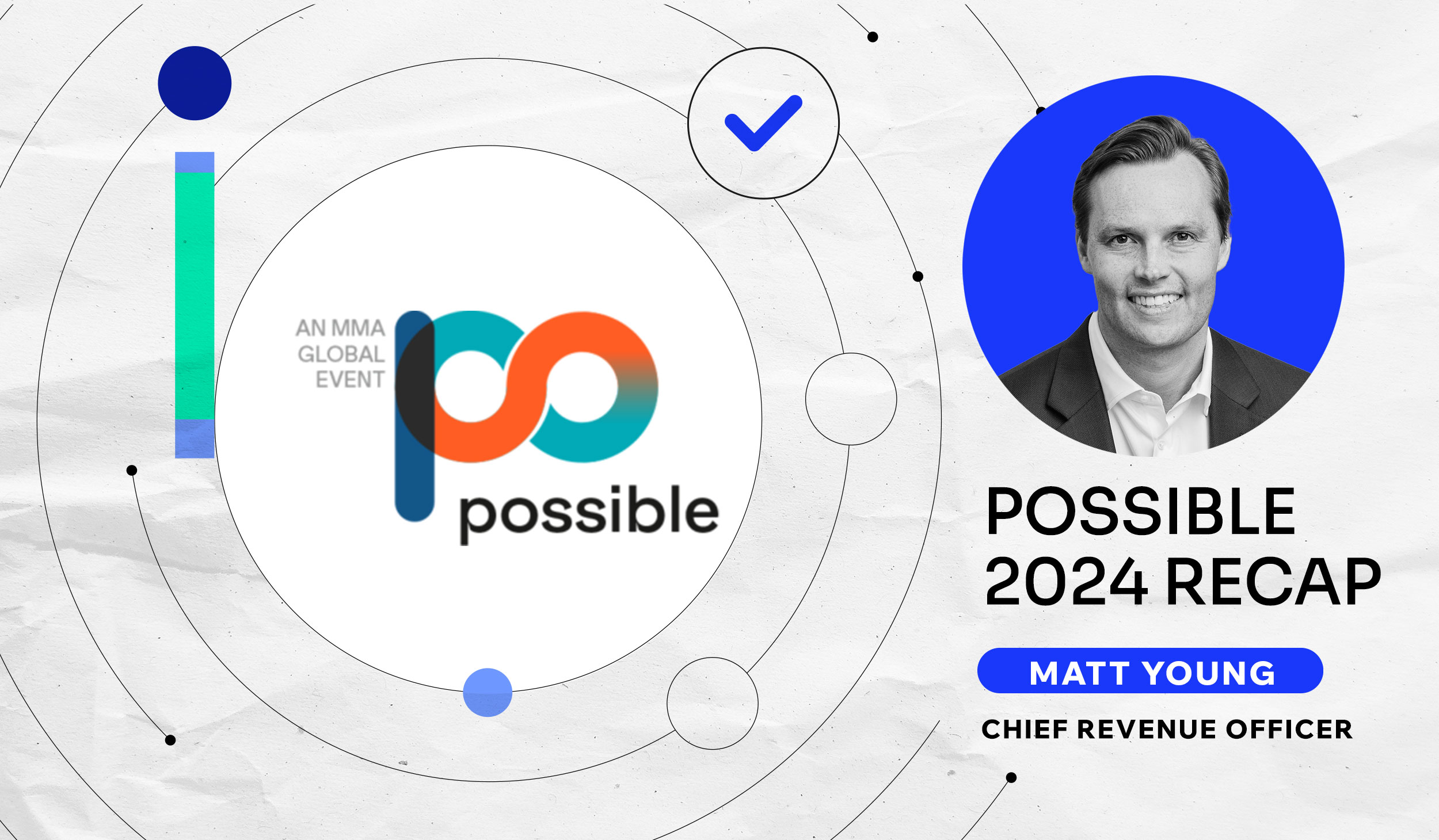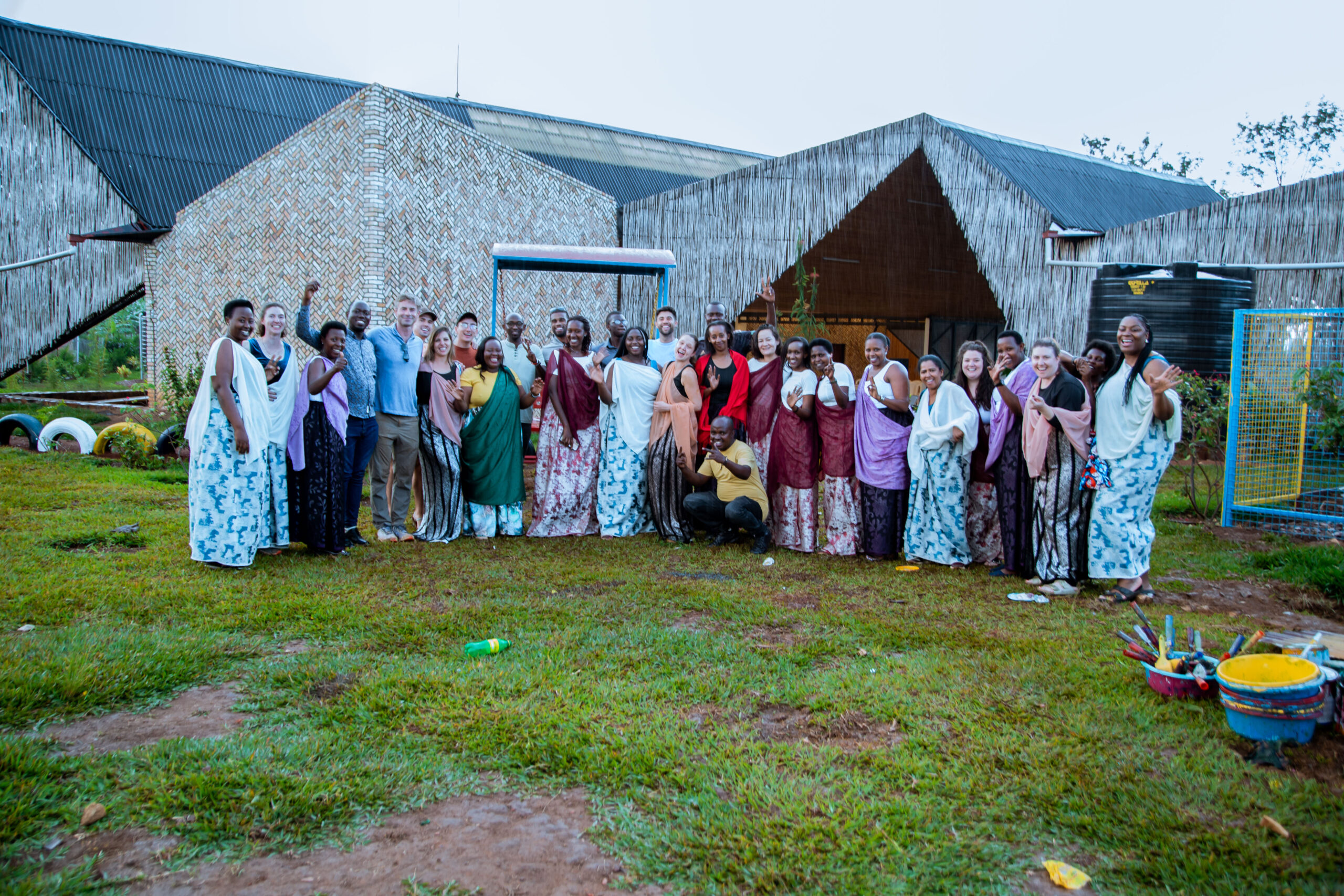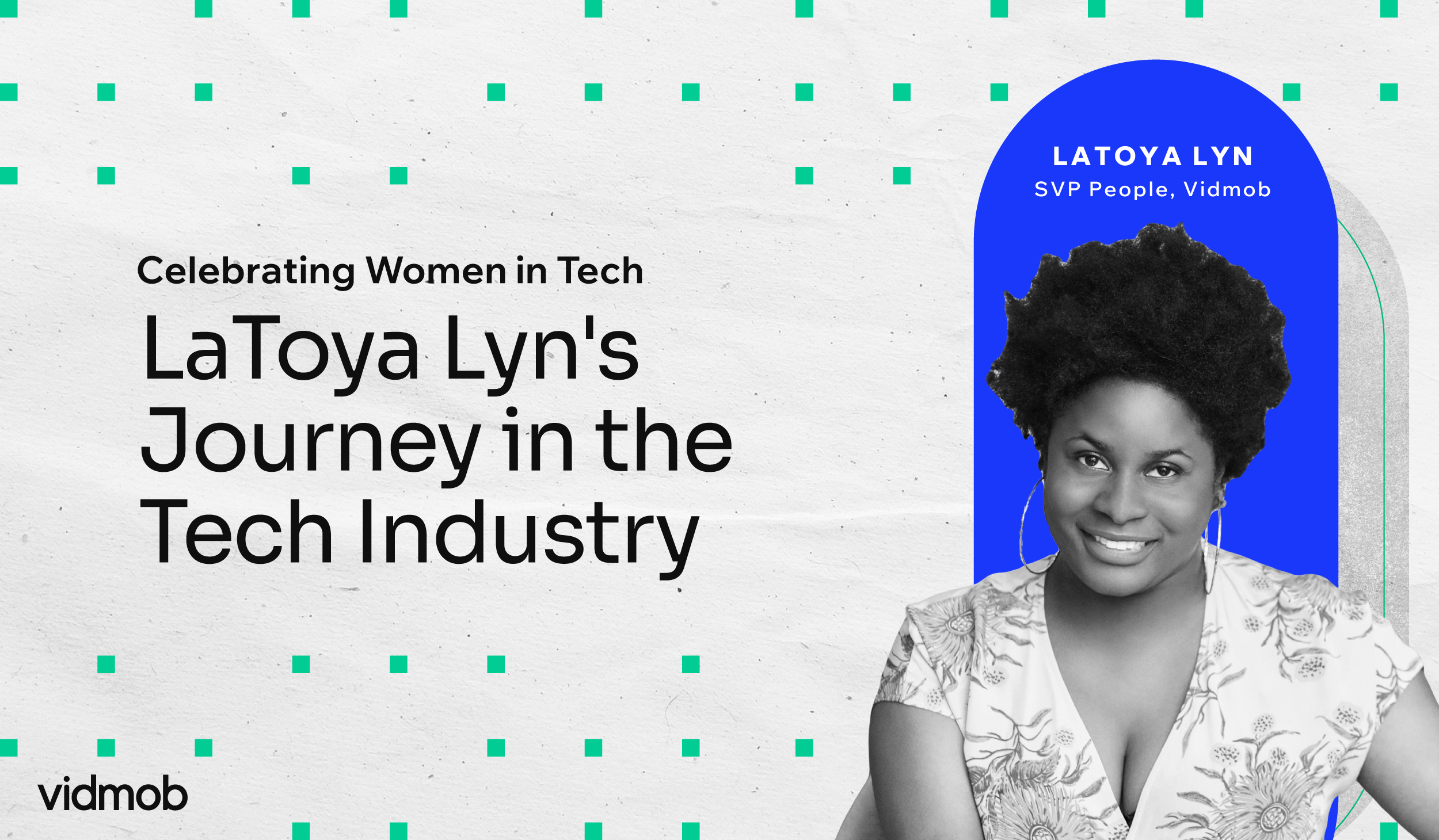8 Ways Brands Can Do More With Less

Creative is no different to many products and services we’re having to think about very carefully these days. The “reduce, reuse, recycle” motto has become–more than ever–part of our daily lives. To give you an example, garden centers were closed in Ireland (where I live) a few days ago, meaning I couldn’t get a bird feeder for my 2-year-old daughter. She loves birds, and I am terrible at DIY, but I took the challenge of building one out of leftover bits and bobs we had in the shed. We had fun, she didn’t eat the paint, and it turned out better than we thought!
Marketing teams for small and large businesses alike are going through difficult conversations and many are faced with uncertainty and lack of resources. On the other hand, brands can’t afford to stay silent and still have the need for new content. Your marketing budget may have gotten slashed, and there’s no easy way to get new productions shot these days. For many, it will also get worse before it gets better.
So what can we do to keep our brand relevant, release new content and engage audiences with limited resources? Is there anything in our shed that we could use, and what tools do we need?
1. Pay attention to user generated, influencer or raw content that you can still produce or leverage even during lockdown.
Even if you’re not a motorsports fan, look at what Formula 1 is doing. Teams are unable to race, so following the Australian Grand Prix cancellation, the youngest drivers in the grid went online and started racing each other in video games. This has now turned into a major highlight of the season: 1.7M people (on YouTube alone) have watched F1’s first “Virtual Grand Prix,” a whooping hour and a half of SIM racing. The recipe for success? Not being afraid of exploring something new, pitting legendary drivers with the youngest motorsports talent, and a healthy dash of influencers and eSports celebrities. In a few months, real world racing will return and the eSports component of F1 would have also grown exponentially filling the gap, improving F1’s capabilities to reach and engage audiences.
2. Transform with text.
Text is generally the cheapest thing to change. It’s also one of the most important and–definitely–has a measurable impact in performance. By changing your copy, working on new calls to action, or generally using fonts and text creatively, you can make old creative feel fresh, new, and relevant once again at a fraction of the cost. If you want to see some great examples of type-driven transformation, check out Jonathan Hoefler: Typeface Design from the great series Abstract: The Art of Design on Netflix.
3. Repurpose.
An easy way to build something new is to repurpose it. For example, think about all of that landscape video material you’ve never used for your social campaigns, and how they can be leveraged now by cutting them up in creative ways. Long content can be made shorter and–if Anime series have taught us anything–short content can also definitely be made longer. Stills can be turned into video and video into stills. The possibilities are endless.
4. Use stock footage!
Back when we used to take the outdoors for granted, and “social distancing” wasn’t in everyone’s dictionary, huge and wonderful visual libraries were built. If there was a time to not be afraid to leverage these resources, it is now. Good creators can turn stock footage into amazing pieces that not only fit your brand, but also look every bit as good as a bespoke production would. Hey, even Netflix has done it.
5. Tap into the freelance community.
Freelancers and creators are still out there! Incredibly talented graphic and motion designers, illustrators, editors, and special effects artists are online and available–willing to put their vast creative powers to good use. At VidMob, we’ll be happy to help you connect with some of the best.
6. If you haven’t yet, find your visual language in Stories and Portrait Video.
Increased time spent online means this is a great moment to explore ideas and concepts. Everyone’s on their mobile device, so why not work on trying to improve conversions–particularly on platforms that have generally been harder to crack? We know some products and services may be harder to sell these days (some more than others) but if your brand doesn’t put itself out there, another one probably will.
7. Work on your pace.
It is incredible how much different a video can look like with a change of pace and a fresh edit. Focus can be shifted to new areas, new music can round the overall story…I bet your brand has a treasure trove of under-utilized source material that could be a phenomenal starting point.
8. Remix.
One of art’s most powerful tools. Don’t be afraid to remix assets and find new creative ways to make them work together. Collage and de-contextualizing can also work great as creative tools to build something new with a fresh meaning. I’d mention Hannah Höch or Robert Rauschenberg as classic examples, or Derek Gores as a contemporary one. Some brands – like Supreme or Desigual – have actually built an important part of their identity on collage and remix so why not try it out?
Regardless of how we achieve the task of getting new creatives up and running, one thing is clear: we still need to make our creative work harder and smarter than before. There’s a lot to be learned about consumer behavior in the COVID 19-era, so it’s a good idea to constantly analyze your creative performance and be ready to introduce the small incremental optimizations that will help your budgets get better mileage.

